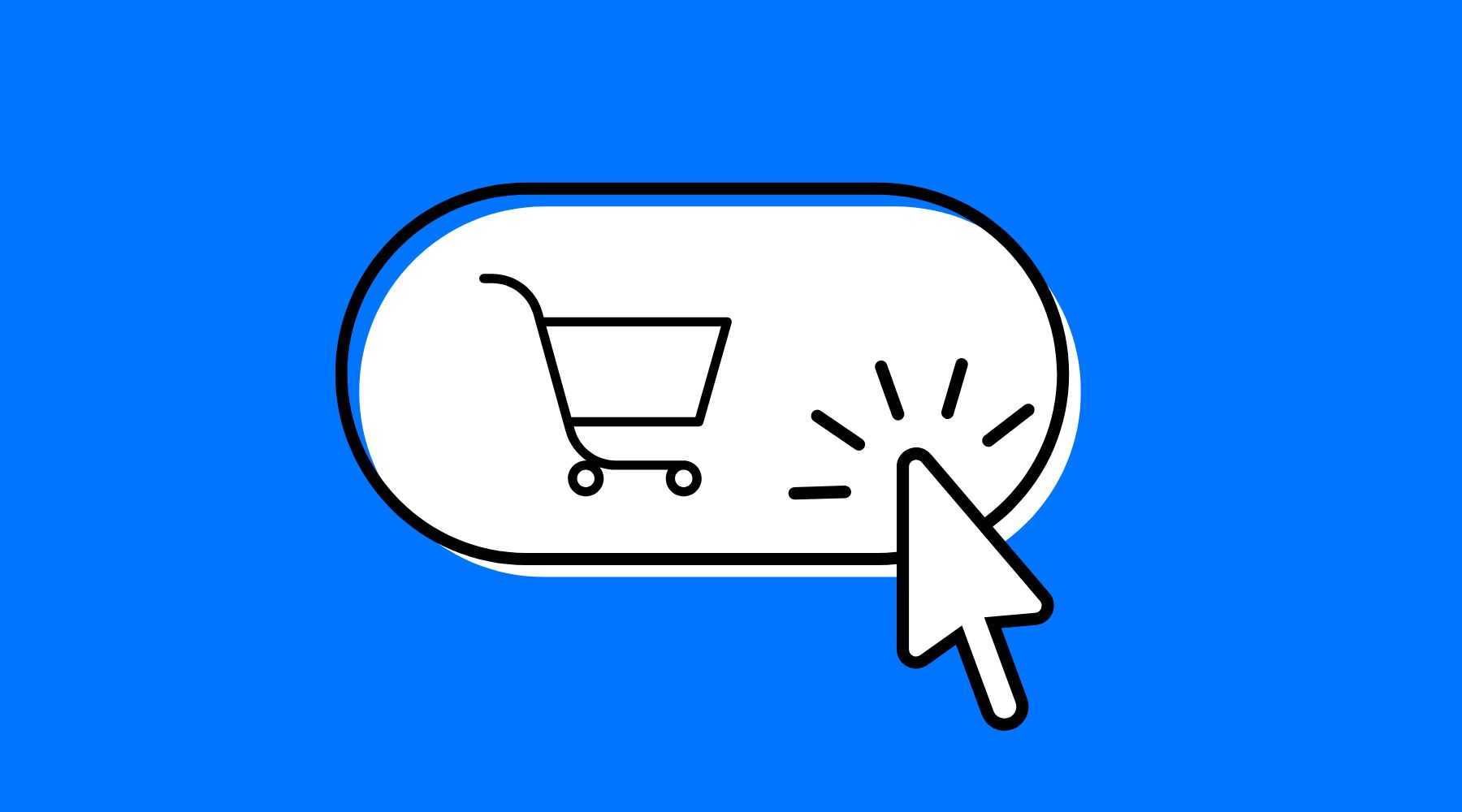Cart abandonment is a common challenge for ecommerce and B2C companies. While some level of cart abandonment is inevitable due to customers window shopping, researching, and comparing products, a significant percentage occurs due to issues with the functionality and usability of a website or app. Identifying and fixing these CX issues is crucial for optimising your digital customer experience and increasing revenue. This is essentially revenue that’s just waiting to be captured.
Understanding the customer journey
The first step in reducing cart abandonment is to understand the customer journey thoroughly. Studies show that customer-focused companies are 60% more profitable than those that don’t study and prioritise the customer journey. This involves:
- Mapping out the customer journey: Identify all the touchpoints a customer interacts with from landing on your site to completing a purchase.
- Assessing the quality of CX: Evaluate the customer experience from the user’s perspective. Consider ease of navigation, speed, and overall satisfaction.
- Collecting customer feedback: Use surveys, reviews, and direct feedback to understand pain points and areas for improvement.
- Analysing data: Use analytics tools, like Google Analytics, Hotjar or Kissmetrics to track and identify at which points in the customer journey the drop-offs occur. This could be during browsing, at the cart, or during checkout
- Making impactful changes: Based on your findings, implement changes that can improve the customer experience and reduce cart abandonment.

Strategies to reduce cart abandonment
Here are some actionable strategies to improve digital CX and reduce cart abandonment:
- Implement a strong omnichannel strategy: Guide consumers seamlessly across channels and provide answers to their questions promptly.
- Use analytics: Track at what point customers are abandoning their carts and analyse these inefficiencies.
- Prioritise self-service CX processes: Empower customers to find solutions independently by offering comprehensive FAQs, user guides, and tutorials. If relevant, enhance their experience further with robust knowledge bases and active community forums for peer support. Implement automated chatbots to handle common queries efficiently. These self-service tools significantly improve the customer experience and reduce frustration.
- Offer diverse checkout and payment options: Cater to consumer needs by providing multiple payment methods such as, and a guest checkout option. Using the right ecommerce payment providers allows for quick implementation of new payment methods seamlessly, keeping you up to date with your customers’ needs.
- Transparent communication: Clearly communicate the length of the checkout process, shipping timelines, and payment details. Use chatbots to assist in answering questions quickly.
- Holistic CX approach: Ensure a positive experience from the very beginning of the customer journey by optimising every interaction point. This includes a user-friendly website design, intuitive navigation, fast loading times, clear product descriptions, and responsive customer support. Consistently providing value and addressing potential issues proactively throughout the entire journey, not just at checkout, fosters trust and satisfaction.
- Leverage expert help: Collaborate with digital CX and UAT experts to effectively navigate and implement strategies. These experts bring valuable insights and experience, helping you identify hidden issues and optimise your website or app for better user experience. They can assist in developing comprehensive testing plans, conducting exploratory testing and usability testing, and ensuring your site is functional across various devices and platforms.

Tackling hidden issues
Often, the issues causing cart abandonment are not immediately apparent. They can range from unexpected functional bugs to usability problems. Here’s how to dig deeper:
- Test CX with real users: Engage actual users to perform User Acceptance Testing (UAT) types. This helps uncover issues that might not be evident through automated tests.
- Functional testing: Ensure there are no unexpected functional defects affecting your users. Regularly check for bugs and fix them promptly.
- Usability enhancements: The checkout process should be quick, easy and enjoyable. Keep your website updated, ensure fast loading times, and provide multiple checkout options with fast and reliable ecommerce payment processing.
- Prevent regression issues: After updates, make sure previous functionalities still work as expected and they haven’t introduced new issues. Remember your ecommerce payment gateways and other third-party integrations also receive regular updates so you may need to adjust your integrations to match.
- Live environment checks: Regularly test the live site to catch any issues that might only appear in a real-world environment.
- Accessibility: Ensure your website is accessible to all users, including those with disabilities.
- Global market considerations: Make sure your site resonates with diverse audiences if you operate in global markets.
- Consistent experiences across devices: Ensure consistent user journeys across multiple platforms and devices. Real-world testing with actual devices is crucial as simulators and automation alone won’t catch all issues.
- Thorough payment process testing: The payment process should be thoroughly tested to ensure smooth and error-free transactions using the best online payment systems for ecommerce.
- Keep your ecommerce payment gateway software up to date. New updates will deliver fixes and new features so it’s important to plan these into your software development lifecycle. Ecommerce payment providers should provide a roadmap but there will always be ad hoc urgent fixes required to fix security issues.
Reducing cart abandonment by improving your digital CX requires a multifaceted approach. By mapping out the customer journey, leveraging data, implementing strategic changes, and conducting thorough UAT testing, you can significantly reduce cart abandonment rates. Remember, optimising CX is not a one-time effort but an ongoing process that involves continuous testing, feedback, and improvement. The effort put into improving your CX can translate directly into increased revenue and customer satisfaction.






